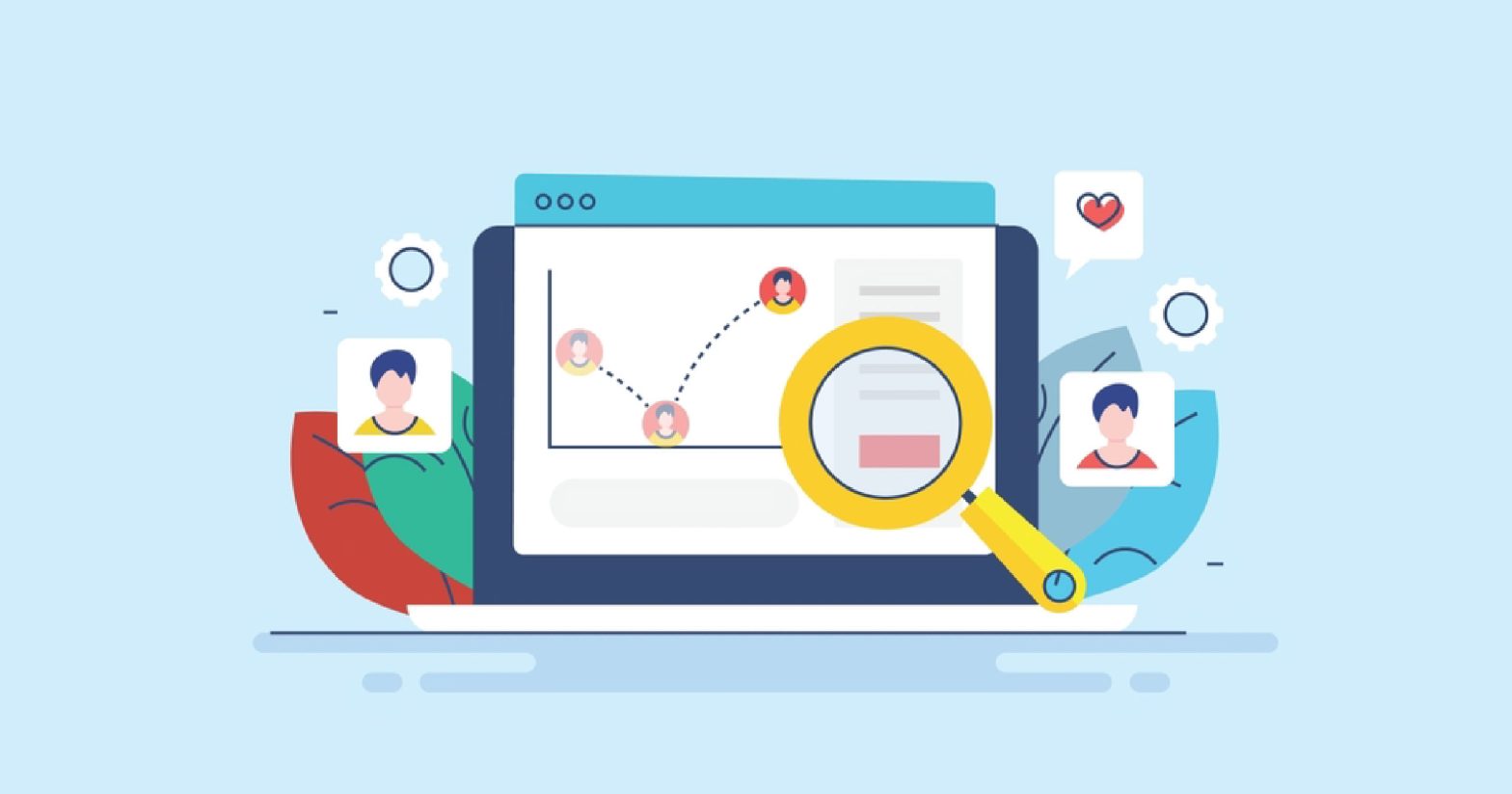

The bounce rate of your website in the digital marketing world is a metric that will either make or break your business. Understanding the bounce rate meaning in this context is crucial; a high bounce can be a sign that visitors do not find what they are looking for on your website (which is bad for SEO and bad for achieving conversions). Overview On Bounce Rate And What Is A Good Bounce Rate Seven Strategies To Think To Lower Bounce Rate This blog helps to understand the bounce in short, good bounce rate, and the seven approaches to minimize it.
A website bounce rate is the percentage of people that visit your web page and do nothing after that means they only see your page for 1 time by not entering any sub-pages. The heatmap provides a visual representation of how engaging your content is and how functional your site’s crux and navigation are. A lower page bounce rate indicates visitors are more involved and will likely go on to view more of your content which is every website owner’s aim.
A “good” bounce rate or bounce rate formula can look different across different site types, as as well as within the same industries. In general, anything between 26% to 40% is excellent, 41% to 55% is average and 56% to 70% is high, but the same as before it could be depending on your website. But above 70% is generally a bad sign, and suggests that there are some deeper issues – like a bad user experience or irrelevant content.
Reducing your website’s bounce rate can significantly improve your site’s performance and SEO. Here are seven strategies to help you achieve a lower bounce rate:
Slow-loading websites can annoy users and make them leave your site even before they see/read anything. Avoid this by optimizing your site with image compressing, browser caching, and fewer HTTP requests. As a result, your website loads faster, and visitors can stay on your site longer.
Most people who are on the web today are doing so on a mobile device, consequently, a responsive design is crucial. Make sure your website flows well when it comes to devices like mobile devices, tablets, and even desktops. This versatility makes the user experience smooth by offering a similar kind of outlook irrespective of which device the user is using, and in turn, helps you find the users more glued to your content.
Interactive elements can include quizzes, polls, and videos, used to make a website experience more engaging. Enjoyable because, aside from being an interactive medium, it will help users spend more time on your website. It is also very useful for decreasing the bounce rate as it makes visitors continue interacting with the site after the first page they land on.
Keyword Intent Optimized Content is the practice of high-level understanding of the keyword intent type, based on making content and technical alterations in accordance. By learning what the audience is looking for and answering their particular needs or questions, your content will be more relevant and attractive, and they are less likely to bounce off your website.
Keep linking to other relevant pages so the user can be guided to another related or informative post. Not only does this improve the user experience, providing additional value, but it also helps you in your SEO pursuits by increasing the time that visitors spend on your website. Good interlinking can keep your users engaged and make them explore your site deeper.
Inclusion of CTA in your emails is imperative as this is what will help you direct your users toward where you want them to be, and the next action you wish them to take. Whether that is signing up for a newsletter, downloading a guide, or perusing a product, compelling CTAs prompt further website interaction for visitors to take on, thus keeping them engaged with your site and lowering bounce rates.
A good clean website layout with a clean navigation map enables a visitor to quickly browse what they are looking for. Less frustration and confusion will equally reduce your bounce rate and simple, clear menus and a clutter-free design will assist this. It will make your website more interactive, and you will have more chances they will stay longer.
Reducing your website’s bounce rate is a continuous effort that involves analyzing your visitors’ behavior and optimizing their journey. These strategies will help make your website more engaging and effective, not only retaining visitors longer but also converting them into customers. Remember, the goal is to make your website as user-friendly as possible, so keep working towards improving and maintaining your bounce rates at the desired level